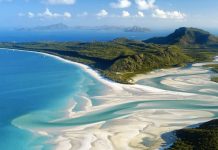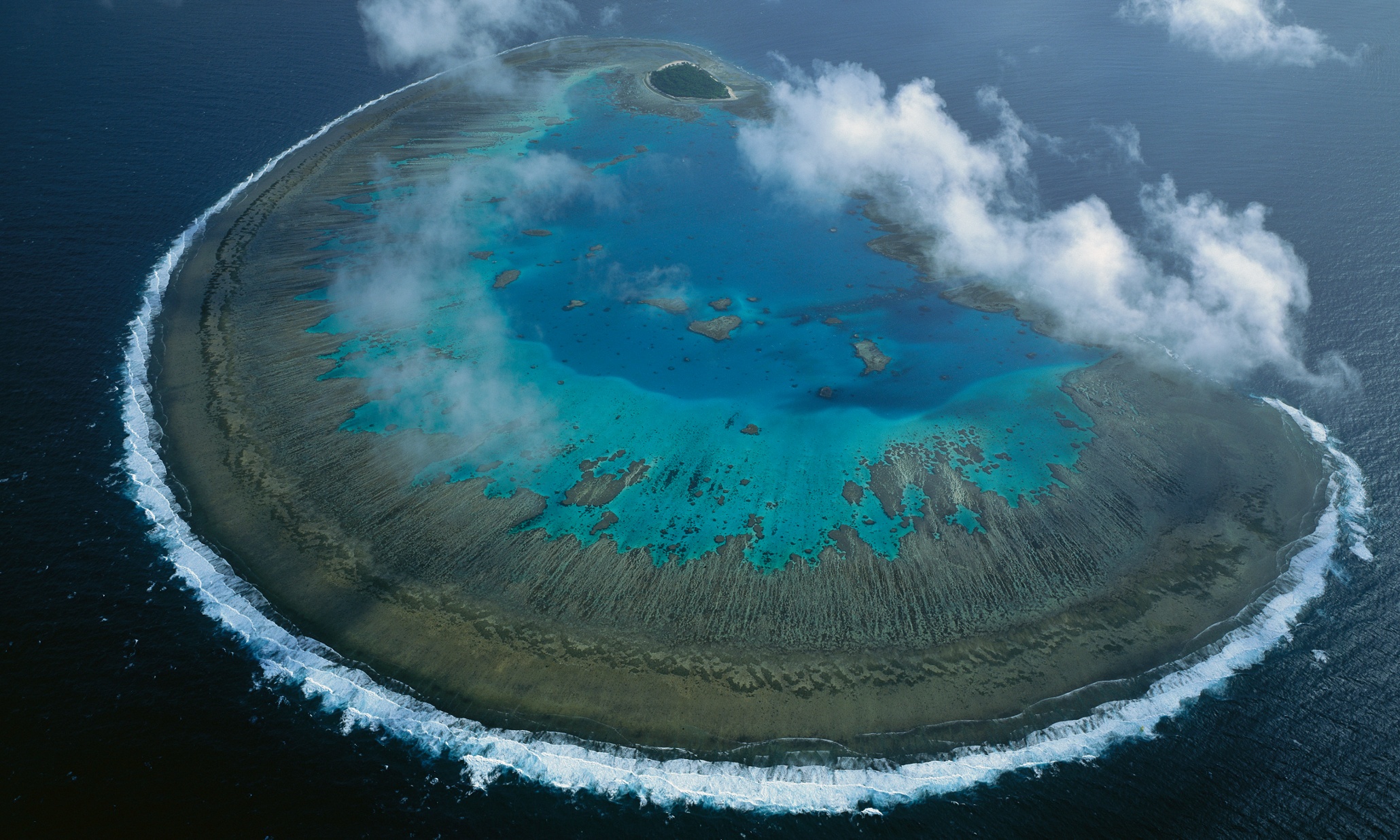This post may contain affiliate links. We may earn money or products from the highlighted keywords or companies or banners mentioned in this post.
As the sun dipped lower and lower over the lush, volcanic Canary Islands, travelling steadily onward on its inexorable collision course with the sea, ripples of anticipation resonated across our small group of stargazers. Clad in warm coats (nights on the craggy flanks of the Spanish island’s giant volcano can be blustery), we listened as astrophysicist Agustin Nunez explained why La Palma is – no exaggeration – the best place on Earth to see the stars.
First, he said, its position 100km off the coast of northern Africa means it is close to the equator, so you can see stars from both the northern and southern hemispheres – but in a temperate climate with placid weather patterns uncommon in the tropics.
Second, it’s very dark here, something that’s aided by an island-wide agreement to keep it that way, meaning all night-time lighting is either an orange hue (which doesn’t interfere with telescopes) or pointed down, at the ground.
But thirdly, and most importantly, is the wind. “Our trade winds are created by a high pressure system in the Azores, and travel more than 2,000km over the sea. When it hits our north shore, it’s crystal clear,” he said, noting that these smooth and slow winds creates an atmosphere where the stars are especially clear from the ground, both through a telescope and to the naked eye. “Here, we have the lowest turbulence on the planet.”
And all this is justly recognised: in 2012, La Palma became the world’s first Unesco recognised Starlight Reserve. The island is also home to one of the most important observatories on the planet: a place that houses 16 massive telescopes – including the largest one in the world.
It’s only recently that visitors have been able to partake in these excellent stargazing opportunities. For years, the observatory was a closed research facility, except for a handful of open days that attracted thousands of curious people. But with the observatory normalizing regular visits in 2013, the infrastructure – including a recent increase in guided starlight tours – is now in place for earthbound visitors to touch distant galaxies.
Down on terra firma, I was shown around the island by Sheila Crosby, an affable Englishwoman with a touch of the mad scientist, who worked at the Observatorio del Roque de los Muchachos for years as a software engineer. She’s also a certified starlight guide, and as she drove us somewhat erratically up and down La Palma’s winding roads, she started to explain the connections between land and sky, geology and astronomy – and how the island’s unique structure has created a number of Earth-bound wonders: for one, a cloud waterfall.
Screeching to a halt, I slowly relinquished my white-knuckle grip on the door handle as she pointed to a high, green ridge. Climbing out of the car, I saw it: a flowing mane of white clouds, slowly but surely cresting the top and tumbling toward us like a huge and fluffy waterfall. Crosby explained that clouds build up on the east side of the ridge until they burst over the edge, creating this strange and beautiful sight.
The cloud waterfall is caused by those same, star-perfect Atlantic trade winds hitting the tall, steep island. If this island was located anywhere else, and if it wasn’t a massive volcano, the cloud waterfall, the microclimates, the clear sky – none of it would exist.
Crosby added that La Palma’s volcanic soil is preternaturally rich, which, when paired with the island’s long growing season and abundance of microclimates, makes it an excellent place to eat and drink.
“We create about 40 different wines, and there’s nothing that won’t grow somewhere on this island,” Crosby said. “I often go to the farmer’s market and get a stalk of broccoli or some avocadoes, and the dew’s still on them. It’s that fresh.”
We toured around the island, visiting a banana plantation, strolling around the blackened remains of the San Antonio Volcano, and hiking to the edge of the Taburiente Caldera (the site of the blast that created this island), before heading to our final destination: the observatory. We drove higher and higher, my hand again braced against the door, as the lush coastal vegetation gave way to spindly trees. As we emerged above the tree line, on the high side of the Taburiente Caldera, near the volcano’s 2,396m summit, an otherworldly place revealed itself. All around us, strung along the highest reaches of the mountain, robotic, gamma-ray and reflecting telescopes sat ready to photograph the furthest reaches of the universe, a surreal, almost eerie sight in this treeless place.
Entering the observatory’s main base – a low-slung building that provides unglamorous but necessary facilities to researchers, including bunk beds and a cafeteria – Crosby introduced me to the site administrator, Juan Carlos Perez Arencibia, who quickly and eloquently expounded on what makes the observatory so special.
“Here, you can touch what the astronomers do,” he said, noting that researchers and anyone involved – or even interested – in star science uses the work produced here. “It’s not like reading it in a book. You go inside the telescopes that provide images for the whole world.”
And that’s exactly what we did. Donning hard hats, we walked up, under the 500-ton dome that houses the massive Gran Telescopio Canarias (GTC), the world’s largest single-aperture telescope. I learned that the GTC is essentially one giant mirror with 36 separate panes, and felt a small spike of adrenaline as the telescope was readied to scan vast swathes of the night sky. The silvery dome – which looked like something out of Star Wars – spun slowly, a pane opening to let starlight in. Then, I felt a small rumble as the 385-ton platform that holds the scope – itself suspended on a ring of oil – swung into place.
Knowing he would soon be too busy to talk to me, I headed downstairs to chat with the chief astronomer, Gianluca Lombardi, who directs the operation as the telescope photographs the night sky. I asked him his favourite thing about the GTC, and sitting here, on this mountaintop in the middle of the ocean.
“Here, when you see the Milky Way above you, that kind of happiness, it reminds me of why I became an astronomer,” he said.
The next night, I operated my own small, simple telescope while stargazing with Nunez on the flanks of that grand volcano. But while mine didn’t have 36 panes or weigh hundreds of tons, it nonetheless revealed a stunning sky, bursting with light and revealing mysteries. I saw Venus, Jupiter and Saturn, complete with its icy rings. I saw the dark side of the world, as well as the crab nebula and the horsehead nebula, interstellar clouds of dust and gas often created by the explosion of short-lived stars. And – as Lombardi had told me – I felt amazingly, inexplicably, wonderfully happy.










